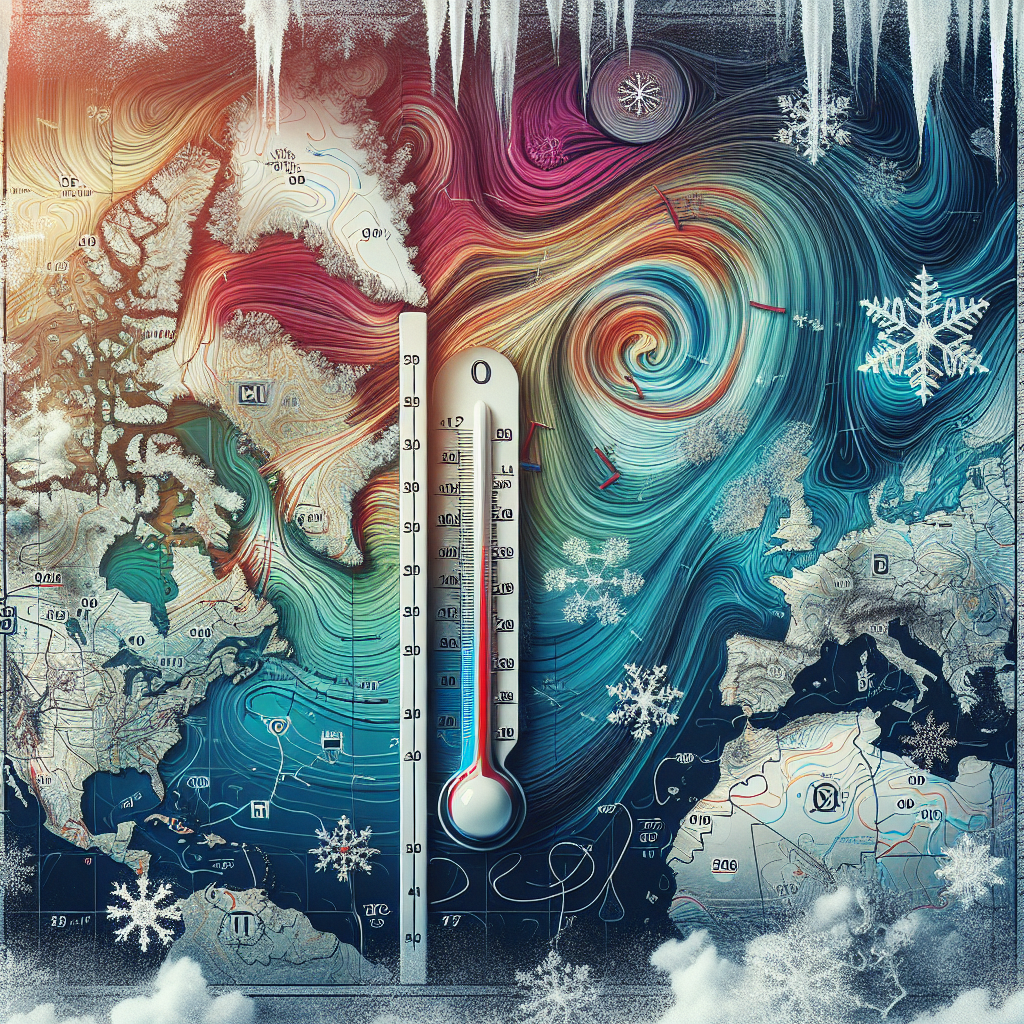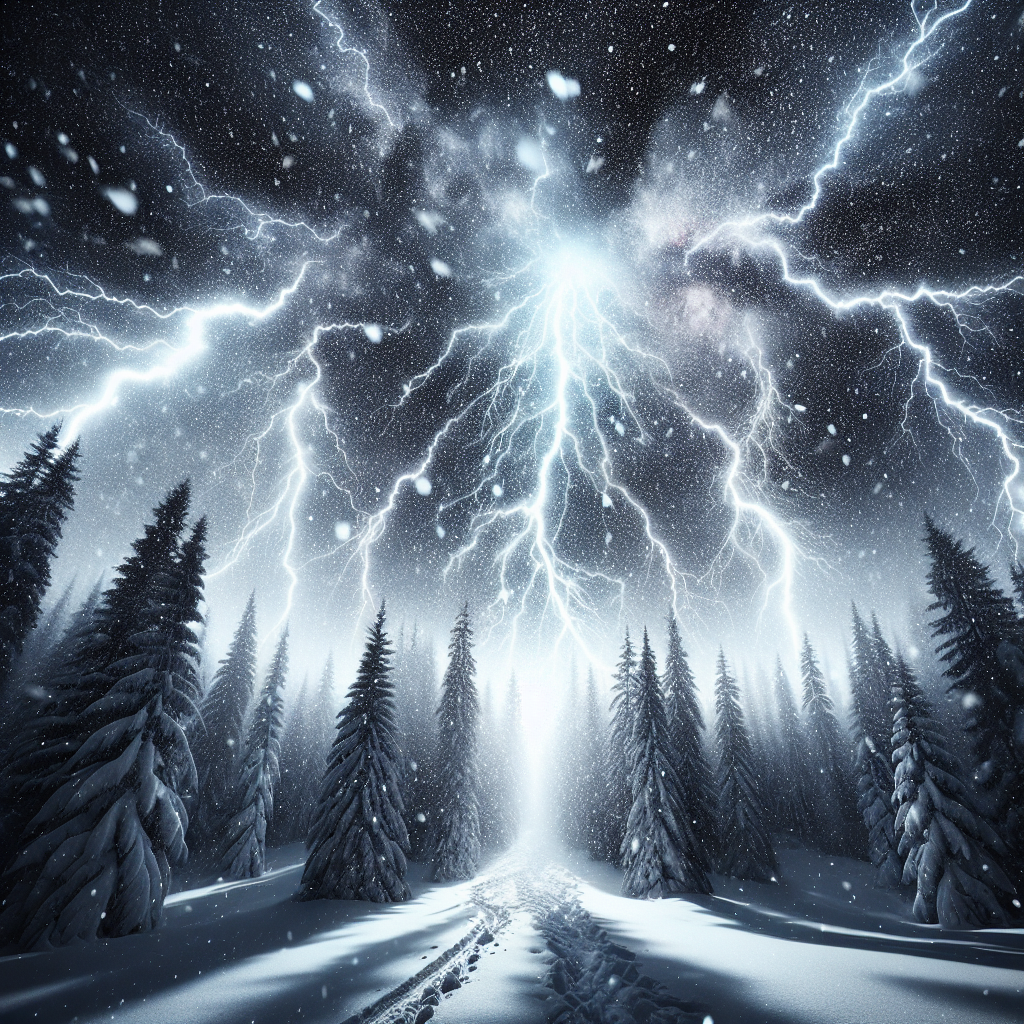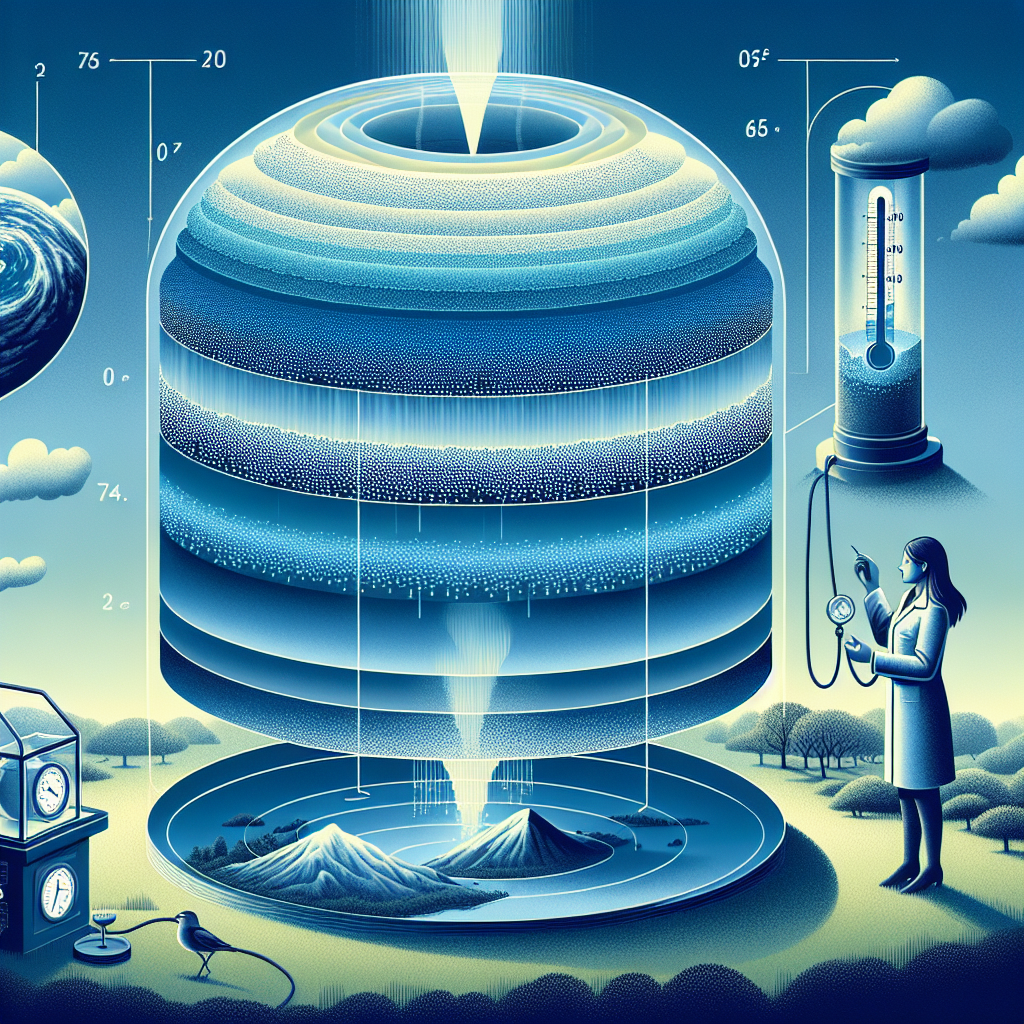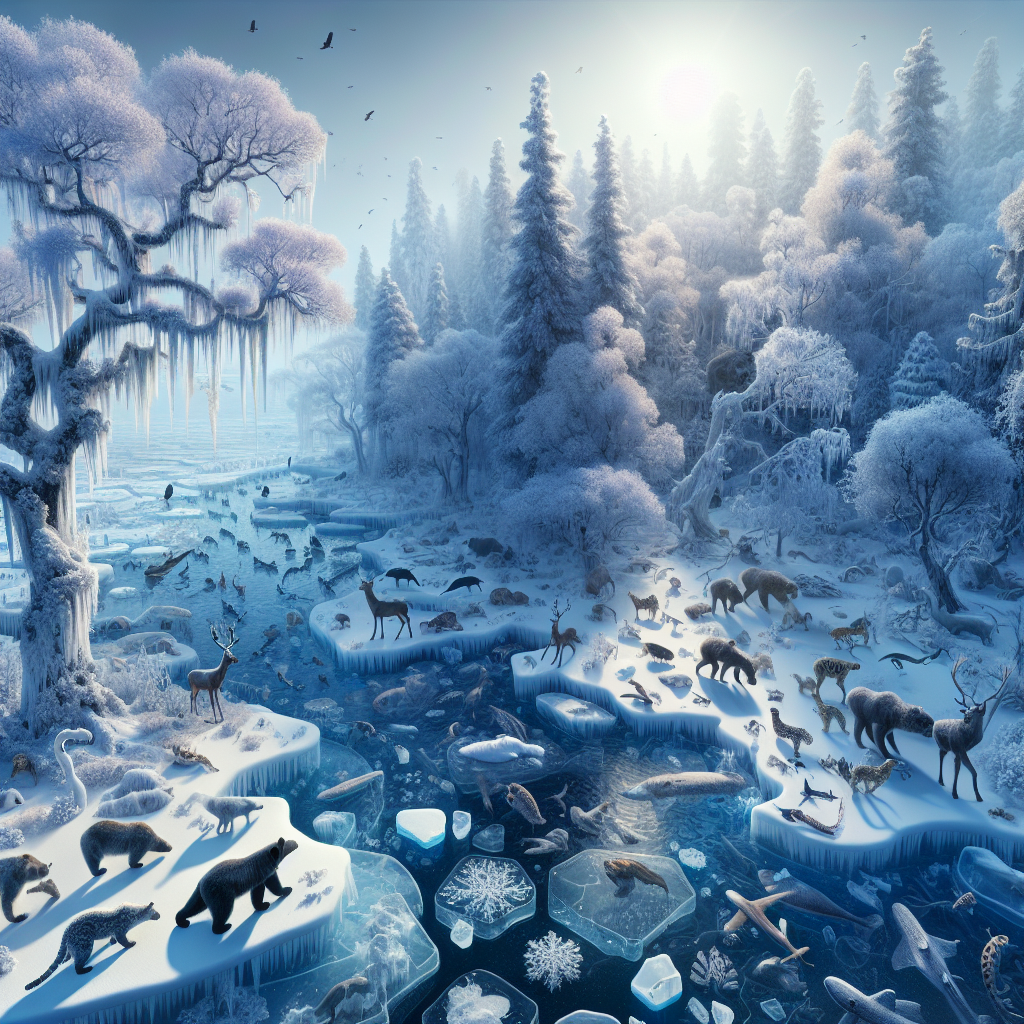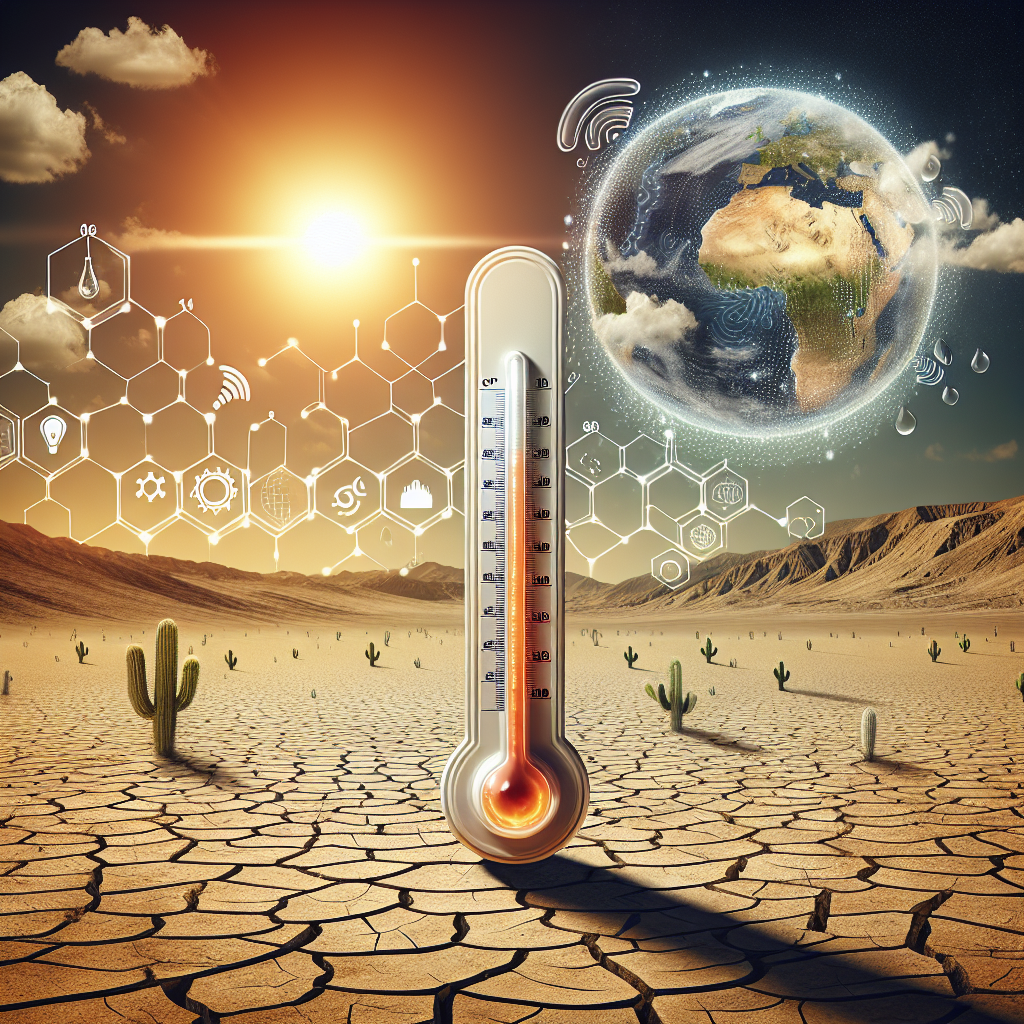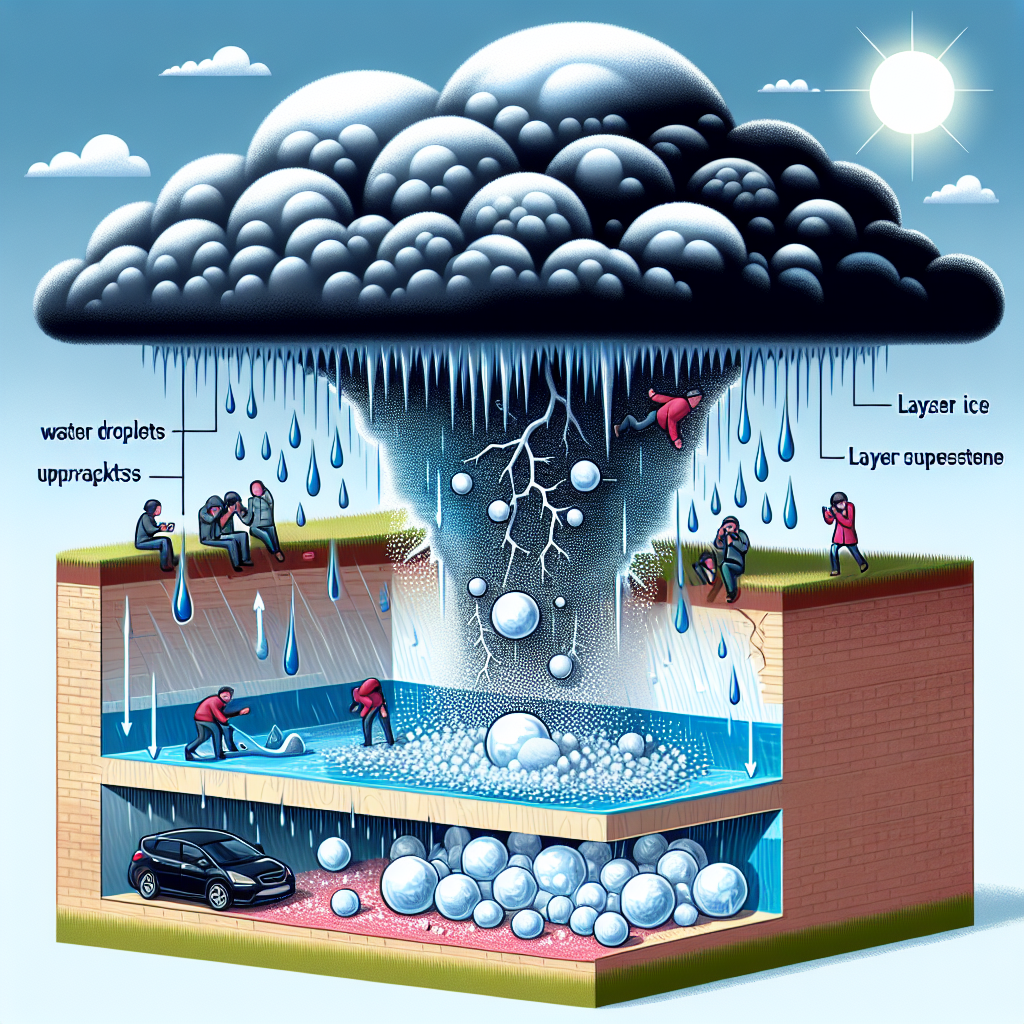The Ecological Impact of Winter Weather Patterns
Changes in Snowfall and Ice Cover
Winter weather patterns are increasingly variable, with shifts in snowfall amounts and the duration of ice cover on lakes and rivers. This variability has significant ecological consequences. Reduced snowfall can lead to shorter snow cover durations, impacting water resources and altering the timing of spring meltwater flows. Reduced snowpack can result in lower soil moisture and water levels in streams, affecting aquatic ecosystems. For example, aquatic species that rely on specific temperature and flow conditions are vulnerable when the timing of snowmelt shifts.
As ice cover on lakes and rivers declines, aquatic ecosystems are affected, too. Many fish species depend on stable ice cover during winter to provide a habitat for spawning. In areas where ice cover is decreasing, the overall health and breeding success of species like trout and salmon can decline. These changes ripple up the food chain, affecting predators and entire food webs.
Temperature Fluctuations and Plant Phenology
Winter temperature fluctuations influence the phenology of plant species, leading to mismatches in ecological timing. Warmer winter temperatures encourage early bud break and flowering in some plants, which can lead to frost damage if sudden cold snaps occur. This phenomenon is particularly critical for crops and wildflowers, which can suffer reduced yields or reproductive success.
Furthermore, such shifts can disrupt pollination cycles. If flowering plants bloom earlier than their pollinators can emerge, it results in decreased pollination and subsequent fruit and seed production. Additionally, this can impact herbivorous species that rely on these plants for food, ultimately altering the entire ecosystem dynamic.
Habitat Change and Wildlife Migration
Wildlife species are notably affected by shifting winter weather patterns, as their habitats transform due to temperature changes and altered precipitation. Migratory patterns in birds are already shifting, with many species moving their wintering grounds northward or changing their migratory routes altogether. This redistribution can lead to competition for resources in new areas and impact local ecosystems. Predators and prey may find themselves out of sync, leading to population imbalances.
Inland ecosystems, such as forests and wetlands, are also at risk. Tree species that cannot migrate or adapt quickly to changing temperatures may experience increased mortality rates. This decline can create open habitats that are subsequently colonized by invasive species, further putting pressure on native flora and fauna.
Impact on Aquatic Environments
Shifts in winter weather patterns also profoundly affect aquatic environments. Earlier snowmelt can result in increased flooding during spring, impacting fish spawning habitats and river banks. The turbidity of water can increase as runoff displaces sediments, affecting the light penetration necessary for aquatic plants.
Low water levels towards the end of winter can create critical dry conditions for aquatic life. In addition, the warmer temperatures can lead to lower dissolved oxygen levels in water bodies, which poses risks to species that require specific oxygen concentrations to thrive, particularly during winter months when oxygen levels are already stressed by lower temperatures.
Soil and Agriculture
Winter weather patterns significantly affect soil health and agricultural practices. With changing precipitation patterns, farmers face challenges regarding soil moisture retention. Too little snowfall reduces the moisture content in soil, which can lead to drought conditions in the spring and summer. Conversely, unexpected winter rains can lead to soil erosion and runoff, stripping away nutrient-rich topsoil.
The timing of planting for many crops is also affected. Farmers must adapt to changes in the thermal environment, requiring them to reconsider traditional planting calendars. Certain crop varieties may become unsuitable for certain regions if the winter temperature shifts significantly, necessitating changes in crop selection and rotation strategies.
Human Influence and Adaptation Strategies
Human activities play a crucial role in intensifying the impacts of winter weather patterns. Urbanization contributes to the heat-island effect, where cities experience warmer winter temperatures compared to surrounding rural areas. This phenomenon can lead to altered local ecosystems as species adapt to the modified climate.
Individuals and communities are developing adaptation strategies to mitigate the impacts of changing winter weather patterns. These include enhancing landscape diversity to promote resilience in ecosystems, employing sustainable agricultural practices to conserve soil moisture, and employing water management strategies that account for changing precipitation patterns.
Ecosystem Services at Risk
Ecosystem services, which include clean water, pollination, and climate regulation, are at risk due to altered winter weather patterns. Changes in hydrology resulting from shifting winter precipitation can affect water supply for human and wildlife use. Additionally, warmer winters may influence pest populations, leading to increased crop damage, higher agricultural input costs, and potential food insecurity.
Moreover, forests play an important role in carbon sequestration. Changes in the growth patterns of forest ecosystems pose risks to their capacity to sequester carbon effectively, thus influencing climate change mitigation efforts.
Research and Monitoring
Understanding the ecological impacts of winter weather patterns necessitates ongoing research and monitoring. Scientists employ various methods to study the relationships between changing climate variables and ecosystems. By utilizing technologies such as remote sensing, climate modeling, and field experiments, researchers can gather data critical for managing and conserving impacted ecosystems.
Community involvement in monitoring winter weather events can also enhance data collection and awareness. Citizen science initiatives allow individuals to contribute valuable information on changes in species behavior, phenology, and habitat disturbances, fostering a sense of stewardship among local populations.
Policy Implications
Recognizing the broader implications of winter weather patterns on ecology is critical for policymaking. Climate adaptation policies must prioritize ecosystem preservation, aiming to enhance resilience among vulnerable species and habitats. Establishing protected areas, restoring degraded ecosystems, and enforcing regulations on resource use can help mitigate adverse impacts and create a sustainable framework for adaptation.
Additionally, integrating climate change considerations into agricultural and land-use policies is essential to support farmers and landowners in adapting to new realities. Economic policies that incentivize environmentally friendly practices can also foster innovation and resilience in the face of changing winter weather patterns.
In summary, the ecological impact of winter weather patterns is complex and multifaceted, impacting everything from species migration to agricultural practices. As our climate continues to change, understanding these impacts becomes increasingly critical for maintaining balanced ecosystems and ensuring the well-being of both human and wildlife populations. Future research and informed policies will play paramount roles in addressing these ecological challenges and fostering resilient environments.

